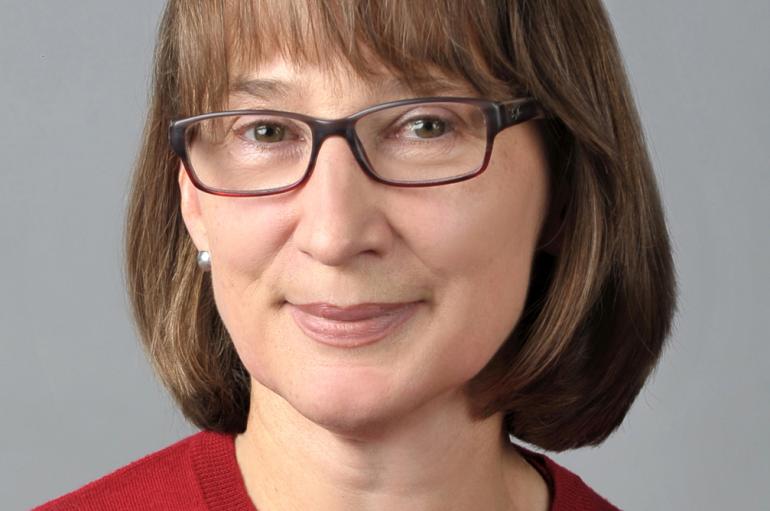
May 9, 2025 | 3:30PM
Fulton Recital Hall, Goodspeed Hall, 4th floor
Mozart’s Operatic Cadence
Danuta Mirka
Harry N. and Ruth F. Wyatt Professor of Music Theory at the Bienen School of Music, Northwestern University
A corpus study of Mozart’s operas and his scenes for voice and orchestra revealed 104 instances of a schema which I call the operatic cadence. Unlike the galant schemata discussed by Robert Gjerdingen and others, this schema is a vocal formula and it constitutes a complex network of patterns displaying several family resemblances. I propose that the second peculiarity is conditioned by the first. Because the schema is a vocal formula, it was constrained by the vocal range of the singer, and the shape of its melody had to be negotiated against this constraint. I reconstruct Mozart’s problem situation when faced with the task of fashioning an instance of the schema and I model the process of triangulation which he had to embark upon in order to solve this task. I suggest that the flexibility of voice leading displayed by the operatic cadence is compensated for by consistent treatment of mode, tempo, meter, rhythm, texture, dynamics, and text setting. The crucial importance of these parameters for the definition and identification of the schema problematizes the near-exclusive focus of schema theory on pitch.
About Danuta Mirka
Danuta Mirka is Harry N. and Ruth F. Wyatt Professor of Music Theory at the Bienen School of Music, Northwestern University. Her main research interests include the theory and analysis of meter and rhythm and the study of musical communication in the late eighteenth century. She is the co-editor, with Kofi Agawu, of Communication in Eighteenth-Century Music (Cambridge University Press, 2008) and the editor of The Oxford Handbook of Topic Theory (Oxford University Press, 2014), which received the Citation of Special Merit from the Society for Music Theory in 2015. Her books include Metric Manipulations in Haydn and Mozart (Oxford University Press, 2009), which won the Society for Music Theory’s 2011 Wallace Berry Award, and Hypermetric Manipulations in Haydn and Mozart (Oxford University Press, 2021), which received the 2023 Marjorie Weston Emerson Award from the Mozart Society of America. Her article “The Mystery of the Cadential Six-Four,” published in the collection What Is a Cadence? (Leuven University Press, 2015), ed. Markus Neuwirth and Pieter Bergé, received the 2017 Roland Jackson Award from the American Musicological Society.
